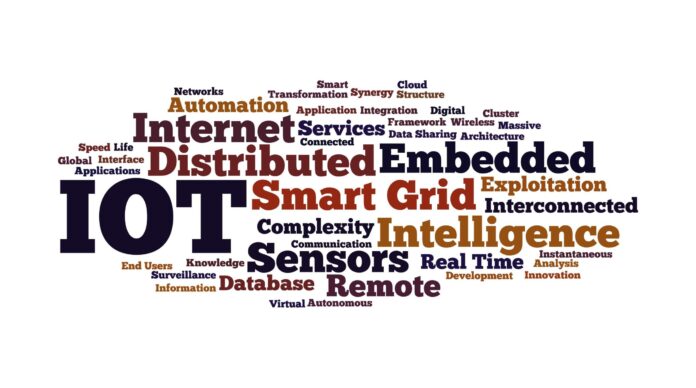AT&T has a longer history than any other U.S. telecom provider, and cellular is just one chapter in that history. The company’s leaders know cellular will not be the primary network for the billions of devices that will connect to the “Internet of Things.”
“A majority of them are not going to utilize the cellular connectivity,” said AT&T’s Mobeen Khan, associate VP for IoT solutions. “So knowing that, what we are looking at from an AT&T perspective is how can we add value even if the connectivity is happening beyond the cellular connectivity.”
Khan said in the months ahead AT&T will have a series of IoT-related announcements that integrate non-cellular connections, like satellites and Wi-Fi networks. AT&T owns satellite-TV provider DirecTV and it also claims more Wi-Fi hot spots than any other U.S. carrier.
In addition, the carrier is looking beyond the connectivity layer to platforms and solutions/applications. Over time, carriers expect platforms and solutions to be the most valuable parts of the “Internet of Things.”
Solutions/applications
For now, AT&T’s IoT solutions are tightly coupled with its cellular network. Khan named the connected car, asset tracking, industrial IoT, and smart cites as primary focus areas for AT&T. He said AT&T is investing heavily in connected car solutions and believes the carrier is clearly ahead of its competitors in this area. The data generated by connected cars has value both to auto manufacturers and insurance companies. Also, the connected car is more valuable than most other connected machines as the car carries people, and people are willing to pay for high-speed mobile Internet.
Asset tracking is another key vertical for AT&T. The company uses its Cargo View solution to track its own smartphone and tablet shipments. Sensors report on any sudden movement that could damage a smartphone, and continue to record and store data even when the phone is airborne and the sensor cannot transmit data.
Industrial IoT includes energy and utilities, manufacturing and construction. In 2015, AT&T signed more than 300 deals with companies to connect devices across multiple industries, including manufacturing, energy, automotive, shipping, healthcare, home security and smart city sectors.
In early 2016, AT&T said it is launching a smart city framework in Atlanta, Dallas and Chicago. The carrier is partnering with Cisco, Deloitte, Ericsson, GE, IBM, Intel, and Qualcomm to help support its smart cities initiative.
AT&T also announced a new chip solution for smart cities and industrial IoT applications in early 2016. The carrier is launching a low-power Category-1 LTE-only chipset developed by Altair for connected sensors and other IoT applications. Cat 1 is a type of LTE designed to transmit at much lower data rates than the higher category LTE protocols used by smartphones, but is compatible with current network equipment. AT&T said its LTE-only Cat 1 module supports download speeds up to 10 megabits per second and upload speeds up to 5 Mbps. Lower data rates mean lower costs and longer battery life.
Platforms
AT&T has two types of IoT platforms: service management platforms and developer platforms. The service management platform, called AT&T Control Center, uses AT&T portals and application programmer interfaces to enable customers to manage connectivity and services like geofencing and time sensitive communications.
The developer platforms are tools to help software engineers eventually create IoT applications as seamlessly as they can create mobile applications. Mobile app creation is streamlined by iOS and Android developer kits, but so far there is no widely-adopted standard for IoT.
“The entire application has to be built in multiple areas and in a very inefficient way. So we’re trying to take some of those hurdles off by offering tools and platforms to go build IoT applications effectively,” said Khan. AT&T’s developer platforms are AT&T Drive, M2X and Flow Design.
Shared tools and standards will be key to mass adoption of IoT applications and IoT connectivity solutions. Wireless standards bodies 3GPP and GSMA are both working to create IoT specifications, and at the same time a number of other groups are trying to standardize low-power wide-area protocols. But as the costs of sensor technology and wireless connectivity continue to fall, many enterprises are ready to move forward with or without standards.
“The industry’s not going to wait for standardization, although standardization is very important for making sure that we reach massive scale effectively,” said Khan. “So we work with the standards committees but at the same time we are listening to our customers and we are responding to the needs of the customers in the best way possible in terms of bringing in the right technologies and solutions to build IoT applications for them.”
Mobeen Khan joined RCR Wireless on January 20 for our editorial webinar entitled IoT: Opportunities for Carriers and Vendors.
Follow me on Twitter.

